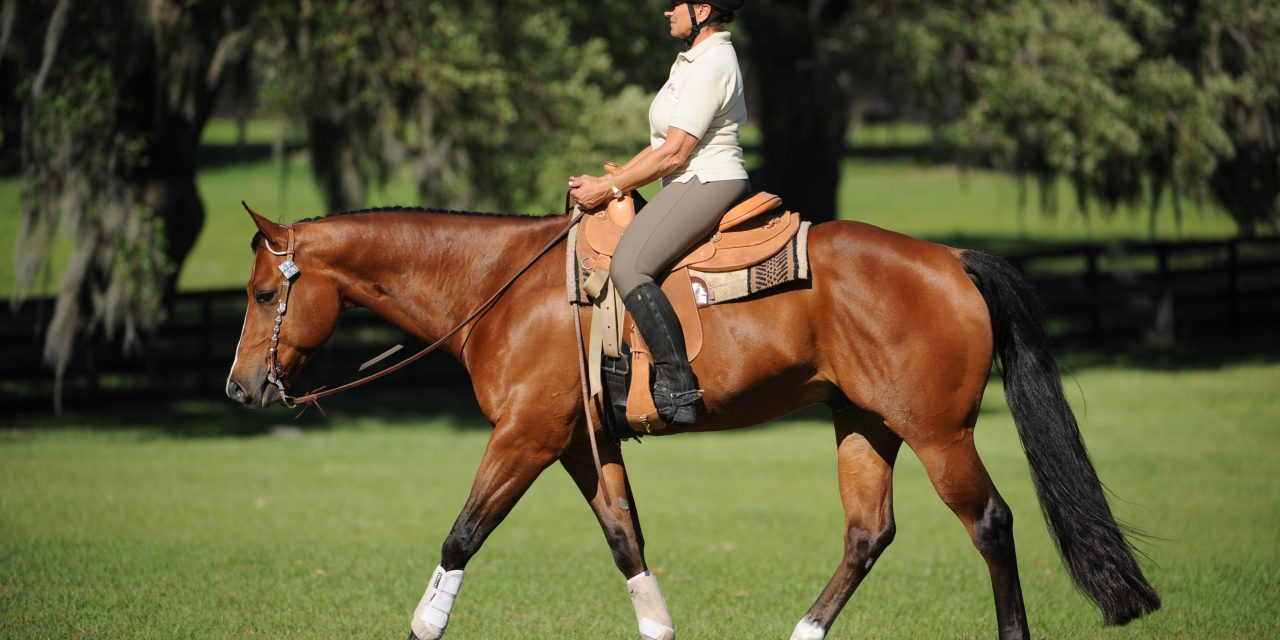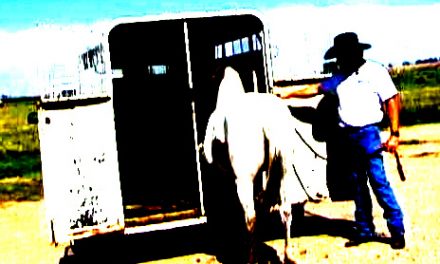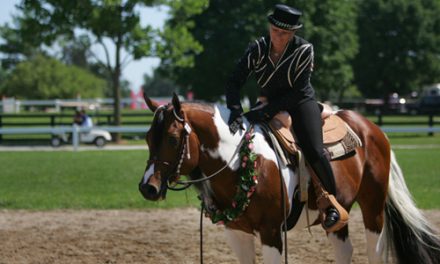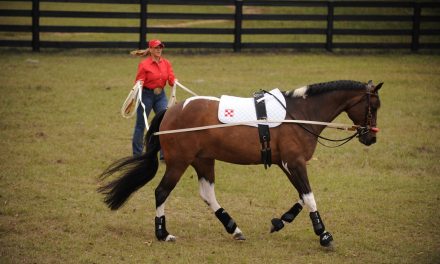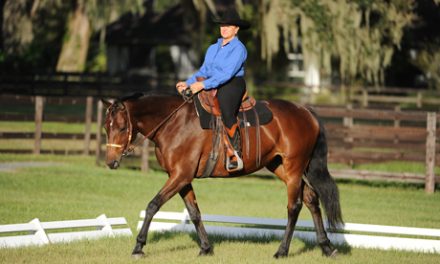PALM PARTNERSHIP TRAINING™
Building a Partnership with your Horse
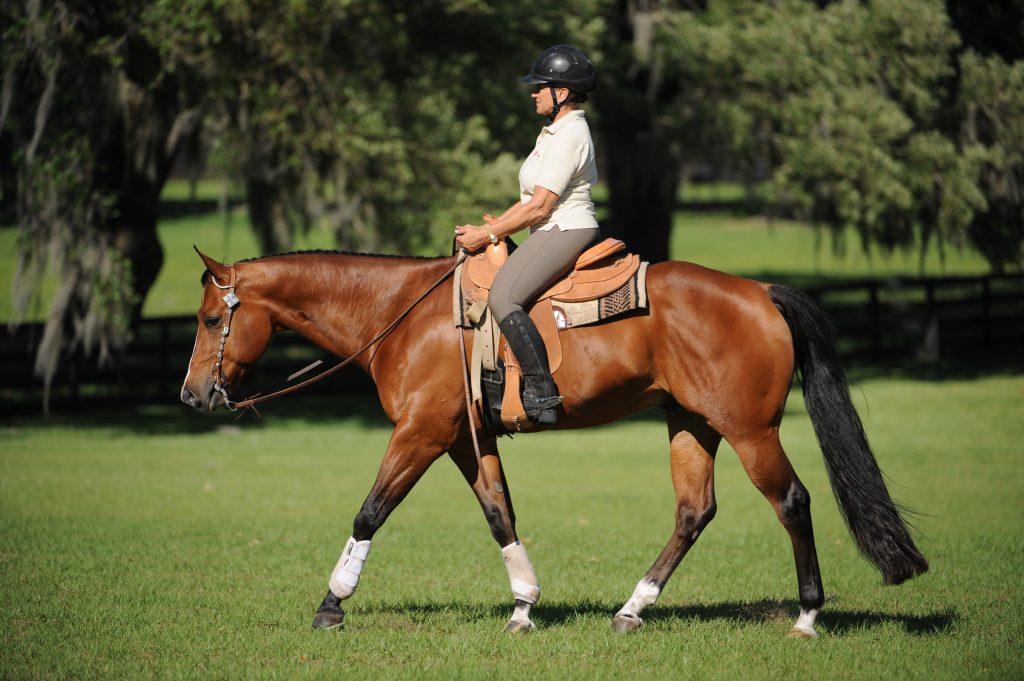
It is only natural for a rider to feel fear at some point in her riding years. Usually that fear is based on the concern for being out of control of the horse and coming out of the saddle. If this has ever been an issue for you while pursuing Western Dressage, or at any time during your riding endeavors, you’ll be encouraged to know that one of the best ways to stay in control of the horse and stay in the saddle is through proper rider form and balance
Proper form is how the rider positions her body to follow her horse’s movement at all times without interfering with the horse’s movements and reactions. It is important for the rider to learn proper form and balance, and proper function of her form.
Proper form lets the rider:
- Achieve a state of balance that allows her to feel relaxed and in command of her body. Only when she feels in command of her own body can she feel in command of her horse.
- Use the parts of her body to communicate at will with her horse. This is critical to riding because without the ability to clearly communicate with the horse, the rider cannot transmit her orders to him. Also, the horse cannot understand the rider’s requests and respond well to them.
To achieve proper form, a rider must understand the proper positioning and function of each part of her body. I see many riding problems rooted in incorrect rider form. Even experienced, confident riders can benefit from improving the basics.
The Importance of the Rider’s Upper Body Position
Picture yourself mounted on a horse. The position of your head and eyes, and your thoughts and facial expression are all important to how well you function as a rider. Your head should be relaxed and coming straight out of your neck. Your chin should be level and not tipped up or dropped to the chest.
Your eyes and your “eye contact” are one of the most important elements of riding. Your eyes should be looking straight ahead at least 10 to 12 feet beyond the horse. This helps keep your head aligned. More importantly, this type of eye contact opens up your peripheral vision to 180 degrees, letting you see from the front of the horse to his sides. Because you are looking up, you see where you are going. You have control and time to think about possible upcoming problems. You can react and properly time the application of your aids to ask your horse to do something. It is instinctive to want to look at your horse to control him. However, if you do this, your horse will have control of you; and that will only add to your fear. When you are in control, you can overcome your fear!
The key to improving your riding form is looking up and ahead with your eyes. If you are looking ahead, with a confident look and relaxed face, you will align your back straight with your shoulders square and down. This enables you to stay straight and better absorb the horse’s movement which keeps you more secure in the saddle. In return, your horse will move more freely and responsively because you are moving with him.
If you look down, you will cause your back to round and shoulder to hunch up and yours arms to tighten up. Your horse will feel this, and he may stiffen his back and his gait in reaction to your incorrect form. It will be harder for you to follow his movement, and you will feel less secure in the saddle.
The hardest thing to teach a rider is not to look down. It is the easiest way, however, to get yourself out of balance! Start today to ride with your eyes looking up and in front of your horse to stay in control, and you will be on your way to conquering your fear!
For more information about Lynn Palm, her trainings in Florida and other parts of the U.S., DVDs and more, visit www.lynnpalm.com or call 800.503.2824.

